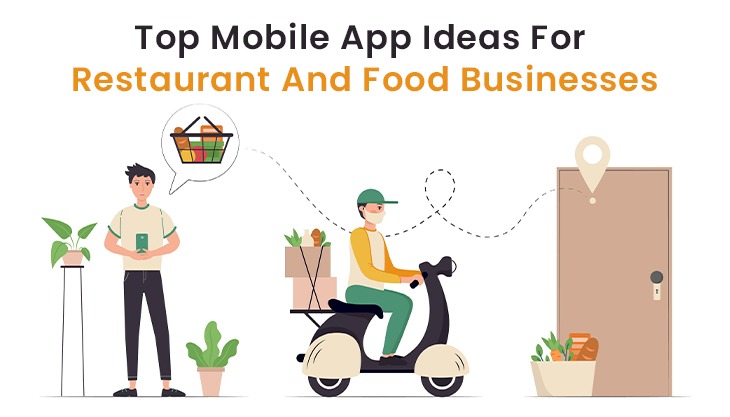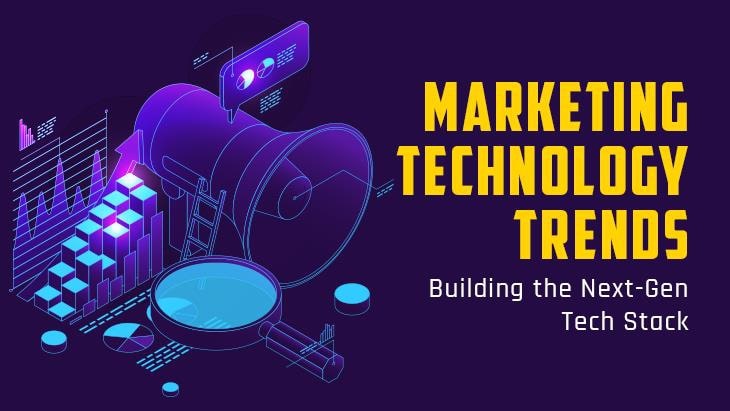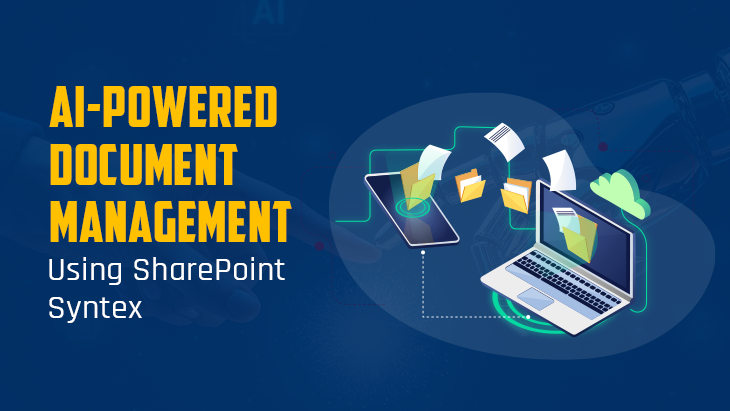In today’s fast-moving world, we find ourselves constantly surrounded by technology. Be it from checking the latest fashion trends to ordering food from our favorite restaurants, it is a technology that has made it all possible.
Although it has been 27 years since the first smartphone came out, it is only in the past few years that companies and enterprises have started to develop specific applications to provide their customers, quality services.
One such growing industry under the gambit of app development is the food industry. As more and more people are employed in 9 to 5 jobs, they are subsequently spending less time on household chores. As a result, their dependency on online services and especially that of ‘food delivery’ is on a steady rise.
Millennials today are looking for time-saving and convenient food delivery options. Some factors which contribute to the popularity of food delivery are its quality, taste, and cost-efficiency. According to a report in Forbes magazine, UBS (a Swiss finance company) forecasted delivery sales could rise an annual average of more than 20% to $365 billion worldwide by 2030, from $35 billion. The growing use of Food applications has also given more business to individual restaurants and franchises.
Type of Food Applications In The Market
Food applications can largely be categorized under three categories. The use of specific types of food apps depends on the business model of the company and the services it wants to be routed through these applications. Following are the three classifications:
- Delivery-service aggregator
- New delivery apps or ride-hailing food delivery service apps
- Full-stack food delivery apps
Delivery service aggregators are basically third-party apps that connect various local restaurants with customers. These applications act as intermediaries and earn Fees, commissions, and revenues from restaurants. Restaurants also pay for these apps to get featured on them. Popular examples of these apps include Food panda and Grub hub.
Ride-hailing food delivery service applications are those applications that help provide delivery services, thereby connecting restaurants with customers. These apps allow customers to scroll through menus and use certain offers and discounts to make payments. Largely speaking, these apps deal with the logistics or the delivery aspect of the order. Small restaurants and cloud kitchens particularly benefit from these applications as they don’t have to worry about the delivery of their food. Examples of these include Zomato and Swiggy.
Full-stack food delivery apps are different from delivery service apps and Ride-hailing apps. Full Stack apps have individual kitchens, menus, and delivery mechanisms in place, acting as a one-stop shop for a food order. Like Ritchie, which is a full-service meal delivery app available in France. Apart from these apps, there are five other types of apps:
Restaurant locator apps
Restaurant locator apps help individuals to locate restaurants in specific localities and provide menu cards, reviews, and ratings for restaurants.
Table booking apps
These apples help customers’ book tables at specific restaurants to avoid rush and avail discounts. Popular examples of these include Easydiner and Dine Out.
Delivery tracking apps
These kinds of apps allow restaurants to keep tabs on the delivery in-charges by knowing their live location, to ensure speedy delivery.
Promotional and loyalty program apps
These apps help in advertising and providing coupons for discounts. They also have attractive offers in specific restaurants.
Development of food apps
The expanding sales of restaurants coupled with an increasing customer base is making restaurants, ghost kitchens, and other food-rated businesses rethink their business models. Owners of restaurants and small eateries are now aiming to have individual apps for which they are rapidly outsourcing application development, thereby increasing the business of mobile app development company.
This new demand is giving rise to app developers such as Techasoft. According to Forbes, the food delivery business is touting to cross the 200 billion dollar mark soon, this goes on to highlight the huge potential the market has.
Big names in the food industry such as Dominos, Pizza Hut, KFC, and Burger King also have individual restaurant mobile apps, offering exclusive discounts on their products to customers. A Google review of the Dominos app reads ‘This app is great! You get points towards a free pizza with purchases over $10 IIRC, which streamlines the process without having to speak to anyone until the food arrives at your door. You even get automatically enrolled to win FREE FOOD! And I've won twice, so I know it's not a lie. If you get food from Domino's, I encourage you to get this app!’
The Future of Food Applications
Nigel Travis, CEO of Dunkin’ Brands said that “I think the millennial generation is much more demanding than prior generations. “Thus, it is no surprise that millennials have become the driving force of Food-based apps. Further, A survey of 2,000 millennial consumers commissioned by plant-based food company Sweet Earth Foods revealed that Each year, millennials spend about $2,242 at the grocery store and $1,672 dining out adding up to around 1,140 hours devoted to food (which is the time spent meal-prepping, cooking, and eating out).
New delivery channels are also attracting huge sales for restaurants and owners of small food businesses. Ordering through tweets, virtual assistants and smartwatches is also becoming a reality, thanks to the advancement of technology. Food Delivery has taken a modern outlook with the newest trend being delivery through drones and parachutes. For example, Melbourne’s first float-down eatery lets its customers order toasties through PayPal. The customers need to wait at a drop-off location marked X at the specified time at which the delivery is to be made and catch their order.
Conclusion
Therefore it is safe to say that mobile Food apps have a massive scope in the future for a country like India with its growing population and changing lifestyles, where more people are preferring to order food rather than preparing it themselves. A number of restaurants and food-related businesses are also relying on mobile apps for technological advances, new innovations, and creative ideas. Thus giving a huge market to mobile app developers.
















Post Comments